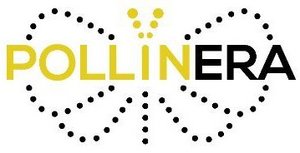
Recently, the European Food Safety Authority (EFSA) highlighted the need for a systems-based approach to the environmental risk assessment (ERA) of honey bees. EFSA’s innovative strategy emphasises the need for a realistic approach to understanding the system-level effects of pesticides on honey bees. Subsequently, this idea has been extended to environmental risk assessment in general and insect pollinators specifically, with the launch of EFSA’s IPol-ERA project to create a roadmap to systems ERA for pollinators. The crux of the systems approach is to move the RA from a laboratory-based study to one considering the ecological system and spatial and temporal scales over which pesticide exposure and effects occur. The systems approach combines an improved understanding of plant protection products' (PPP) interactive, chronic and sublethal effects on pollinators (i.e., wild and domestic bees, butterflies, moths, and hoverflies) with their ecology, behaviour, and landscape context. It opens the way towars more environmentally friendly schedules of pesticide use across the EU by avoiding the combined use of chemicals for which significant synergistic effects on pollinators are found.
Moving towards a systems-based ERA poses challenges. The PollinERA project addresses these challenges by specific objectives aiming to:
PollinERA will build upon the EFSA roadmaps (PERA and IPol-ERA), and ApisRAM, to implement a first systems-based set of tools for pollinator ERA beyond honey bees. Extending the landscape simulation developed in H2020 EcoStack, PoshBee and B-GOOD, it will integrate with activities in PARC 6.4.4, which aims to implement short-term improvements within the current PPP ERA framework through knowledge from modelling and monitoring. Combining in silico models for predicting toxicological effects with agent-based population models and highly detailed landscape simulation will, for the first time, provide a set of tools to tackle multiple stressors in ERA and test management strategies to reduce pesticide use and reverse the pollinator decline.
SESS coordinates this exciting HE project with a consortium comprised of 11 partners spanning 8 European countries; Denmark, Sweden, Poland, Germany, Belgium, Italy, Bulgaria and Slovenia.
Sort by: : Date | Title

2024-2027
Horizon Europe